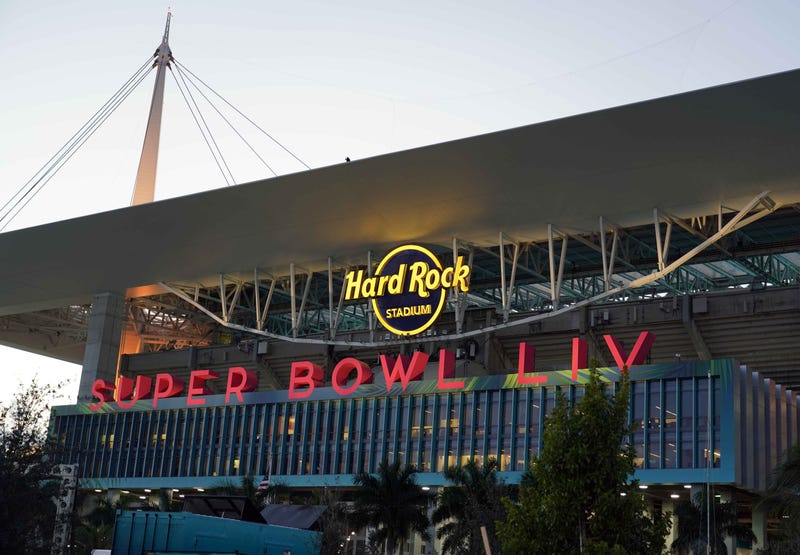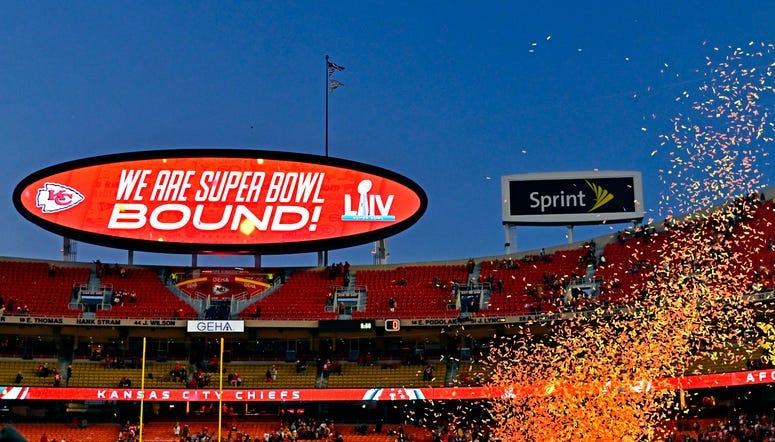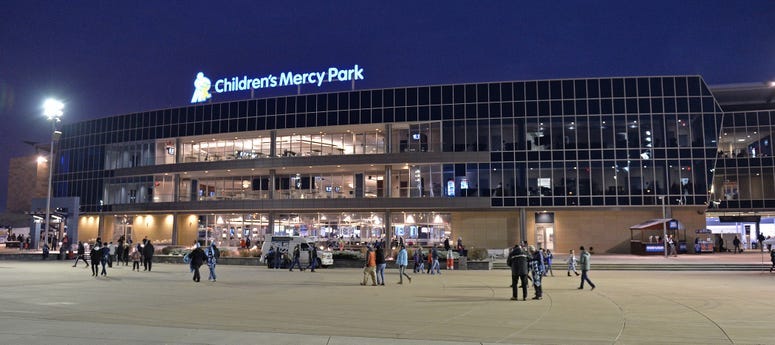
With an impressive resume' that includes blueprints for some of the world's most famous sports stadiums and arenas, it can be easy to forget that Kansas City architectural firm Populous has another line of work.
They also organize and produce the enormous events that take place in those large venues, including Super Bowl LIV at Hard Rock Stadium in Miami.
Populous has designed 15 stadiums for NFL teams and 20 Major League ballparks. They have also composed venues for the NBA, the NHL and college sports. Some of their international projects include Wembley Stadium and the O2 Arena in London, the National Speed Skating Oval in Beijing and ANZ Stadium in Sydney.
Local Populous venues include Children's Mercy Park and the Sprint Center. Their work is also on display at Arrowhead Stadium and Kauffman Stadium.
The team leader for Populous in Miami is Todd Barnes, an architect and senior principal for the company who was born and raised in Kansas City. Much of his job on game day is working inside a command center and coordinating activity by hundreds of people in and around the stadium. Barnes oversees everything from the game broadcast, technicians, security personnel and waste management.
"I will be in that booth with many others, directing the progress and the flow of the gameday facilities," Barnes said.
A big part of the worldwide broadcast is designing facilities that are installed in the venue.
"We're pushing close to 30 booths, with international broadcasts included," Barnes said. "We have to start building temporary booths within the seating structure of the stadium."

Populous got into the event coordination business when Barnes' business partner and mentor, Jerry Anderson, who died last year, secured a contract to run Super Bowl XIX in 1985. The company has been at every Super Bowl since then.
"He took me under his wing and showed me the way," Barnes said. "I would say that he's just got to be the most amazing man that I've ever met."
Populous has applied its expertise with Super Bowls and applied it to productions for college football games, the NCAA Final Four, All-Star games for the National Hockey League and Major League Baseball, the Olympic Games and the FIFA World Cup.
You won't see Barnes or his team members on television, unless they happen by during an emergency. Much of their job is anticipating unforeseen challenges and coming up with solutions. Preparation begins years in advance of each event, with what Barnes describes as meetings after meetings after meetings. The Miami team, Barnes included, works 14- to 16-hour days in the two weeks leading to the game.
"We like to say we stay in the shadows," Barnes said. "We're not the front-of-house guys. We're the ones in the back, making sure that everything's operating."

After more than three decades of running enormous productions, Barnes says his most vivid memory is from Super Bowl XXXVI, which took place Feb. 3, 2002, less than five months after 9/11. He still recalls Irish band U2 putting on one of the greatest halftime shows in history, performing "Where the Streets Have No Name" as the names of the victims scrolled upward on an enormous video screen.
"That to me was just incredibly impressive and very meaningful," Barnes said.
Barnes moved to the San Francisco area in 1980 when he prepared to go to college at the University of California, Berkeley, and he still lives there. He says he can't lose on Sunday when his hometown Chiefs take on the 49ers.
